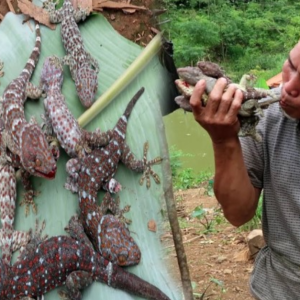American professor Henry Bauer claims he has solved the mystery of the Loch Ness Monster, Nessie.
Is it the last dragon on Earth stuck in a Scottish loch? Or a plesiosaurus left behind from the Jurassic Age? Although the latter is the most popular theory around, scientists believe it’s very unlikely. But if there’s really something there, what could it be?
Loch Ness, the second largest lake in Scotland is believed to be the home of the Loch Ness Monster, one of the greatest mysteries of the British Isles. The myth took off in 1960 when Tim Dinsdale, an aeronautical engineer filmed a moving hump on the surface of the lake.
Many sightings have been reported since – a boat’s sonar even picked up a 10 meter (33 feet) long object 167 meters (550 feet) below the surface. Parallely, a number of explanations have been suggested to solve the Loch Ness mystery – some say Nessie might be an overgrown eel, while others conclude it is a Greenland shark.
A more convincing theory is that of professor Henry Bauer, who claims he has solved what exactly has been lurking in Loch Ness all these years. Bauer, a former chemistry and science professor at Virginia Polytechnic Institute has been researching the mystery for many years now and has concluded that Nessie is in fact a species of turtle that has not yet been discovered and was trapped in Loch Ness when water levels receded at the end of the last Ice Age.
“The most popular idea is that the Loch Ness Monster has a relationship to extinct plesiosaurs. But this is difficult to square with the rarity of surface sightings, let alone occasional sightings on land. On the other hand, everything described for Loch Ness Monsters is known among the many species of living as well as thought-to-be extinct turtles such as air-breathing but spending very long periods in deep water, ventures onto land, very fast movement in water, ability to be active in very cold water and relatively long necks.
“Loch Ness Monsters or Nessies, are a yet-to-be-properly discovered and described variety of large sea turtle that is most likely also still extant in some niches in the oceans.” – said Bauer, explaining his discovery.
Bauer’s theory is being treated seriously in scientific circles and his research has also been published in a respected science journal. You can find his publications on Nessie here, among other research studies.
So is this the end of the famous Loch Ness mystery or will we hear about new twists in the Nessie story? Well, time will tell.





